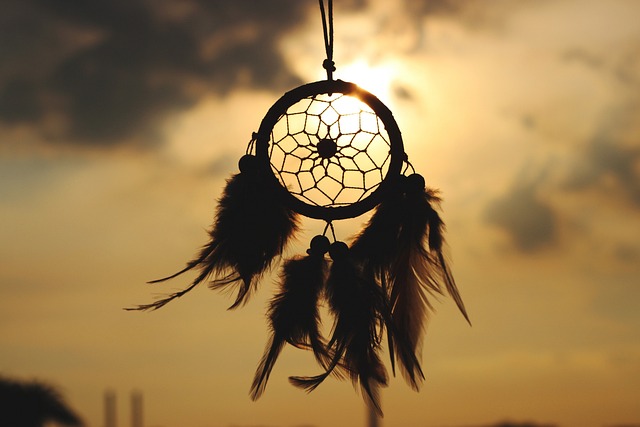Bácska Beats: Exploring Folk Music in the Party Scene
Bácska Beats: Exploring Folk Music in the Party Scene
When you think of lively parties and pulsating beats, traditional folk music may not be the first genre that comes to mind. However, in the heart of Bácska, a region rich in cultural heritage, folk music is making a significant comeback, seamlessly weaving its way into the fabric of modern party scenes.
Bácska, with its mesmerizing landscapes and vibrant history, serves as the perfect backdrop for a musical revolution. The folk songs here are more than just melodic tunes; they embody stories of generations, told through a blend of unique instruments and rhythms. As the sun sets over the fields, the sounds of stringed instruments and traditional flutes fill the air, captivating partygoers and inviting them to connect with their roots.
The Fusion of Old and New
One of the most exciting aspects of the Bácska music culture is its ability to adapt and evolve. DJs and local artists are increasingly incorporating traditional folk elements into modern electronic dance music (EDM), creating a genre that resonates with both young and older audiences alike. Imagine the throbbing bass drops of a dance track interspersed with the soulful strains of a violin or the rhythmic patterns of a tamburica. This fusion not only keeps the spirit of Bácska alive but also introduces it to a new generation.
A Dance Floor Like No Other
Parties in Bácska are nothing short of a cultural experience. As vibrant as the music, the atmosphere pulsates with energy. Revelers clad in traditional attire can be seen dancing alongside those dressed in the latest fashion trends, creating a multicultural tapestry of movement on the dance floor. It’s a beautiful reminder that music has the power to bridge gaps, drawing people together in celebration.
Reviving Traditions Through Parties
Festivals centered around folk music shine a spotlight on talented local musicians who tell the tales of Bácska through their art. These events serve as a platform, merging traditional singing and dancing with contemporary party vibes. Attendees often learn traditional folk dances, finding joy in shared experiences that harken back to communal festivities of the past.
Moreover, as more people engage with the music and culture of Bácska, there’s a renewed appreciation for local traditions. This revival isn’t simply nostalgic; it’s a movement that seeks to preserve the essence of folk music while ensuring it remains a relevant part of today’s music culture.
The Heartbeat of Bácska
The rhythmic sounds of Bácska continue to echo throughout parties, becoming the heartbeat of a vibrant community. As more people immerse themselves in this musical journey, the region not only preserves its folklore but reinvents its significance for future generations. Whether you’re dancing under the stars or simply tapping your feet to the folk-infused beats, the music of Bácska invites everyone to celebrate not just the past but a promising future.
This integration of folk culture into the party scene reflects the importance of music as a universal language—a force that transcends boundaries and generations, connecting us all through the shared joy of rhythm and melody in the heart of Bácska.

